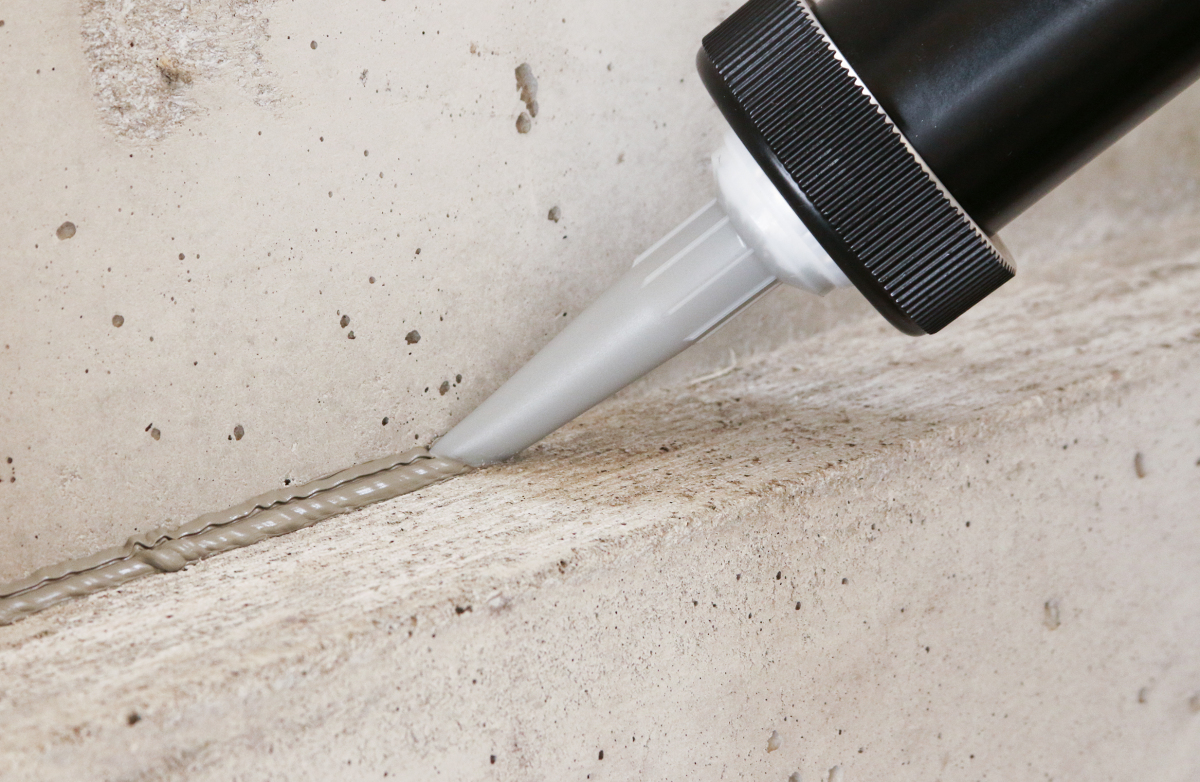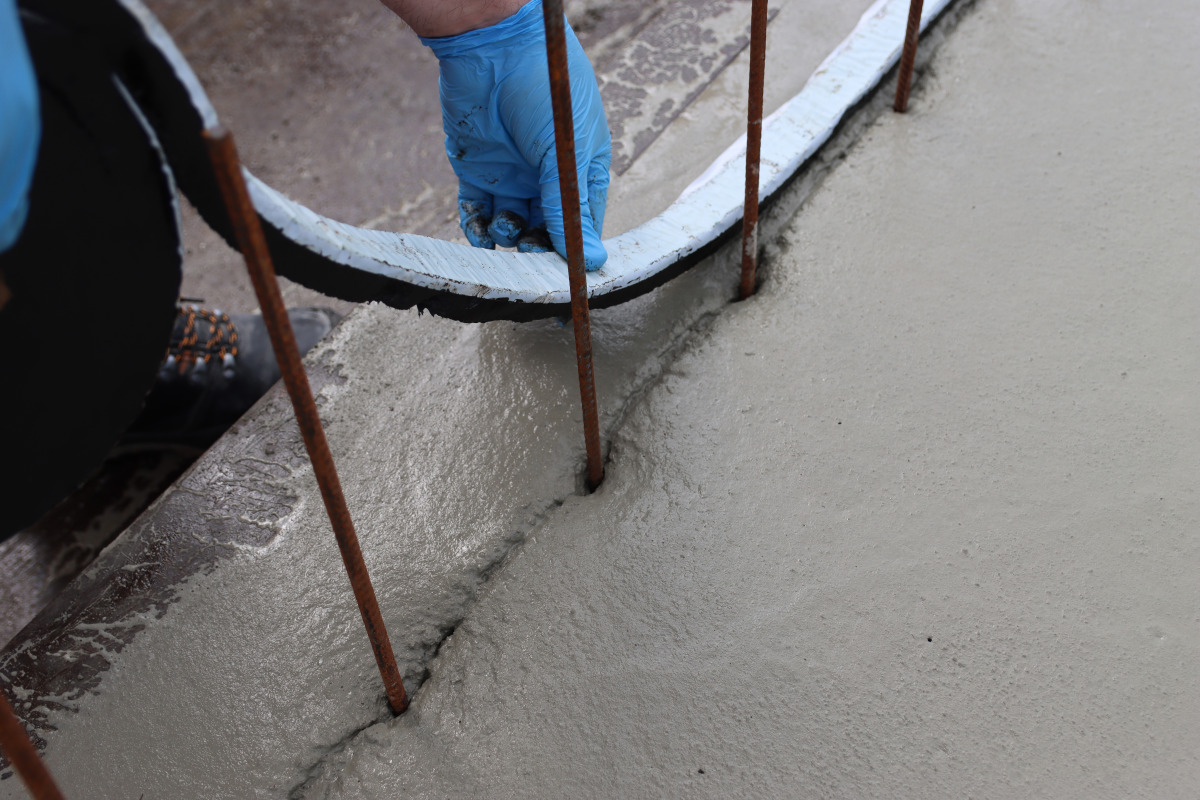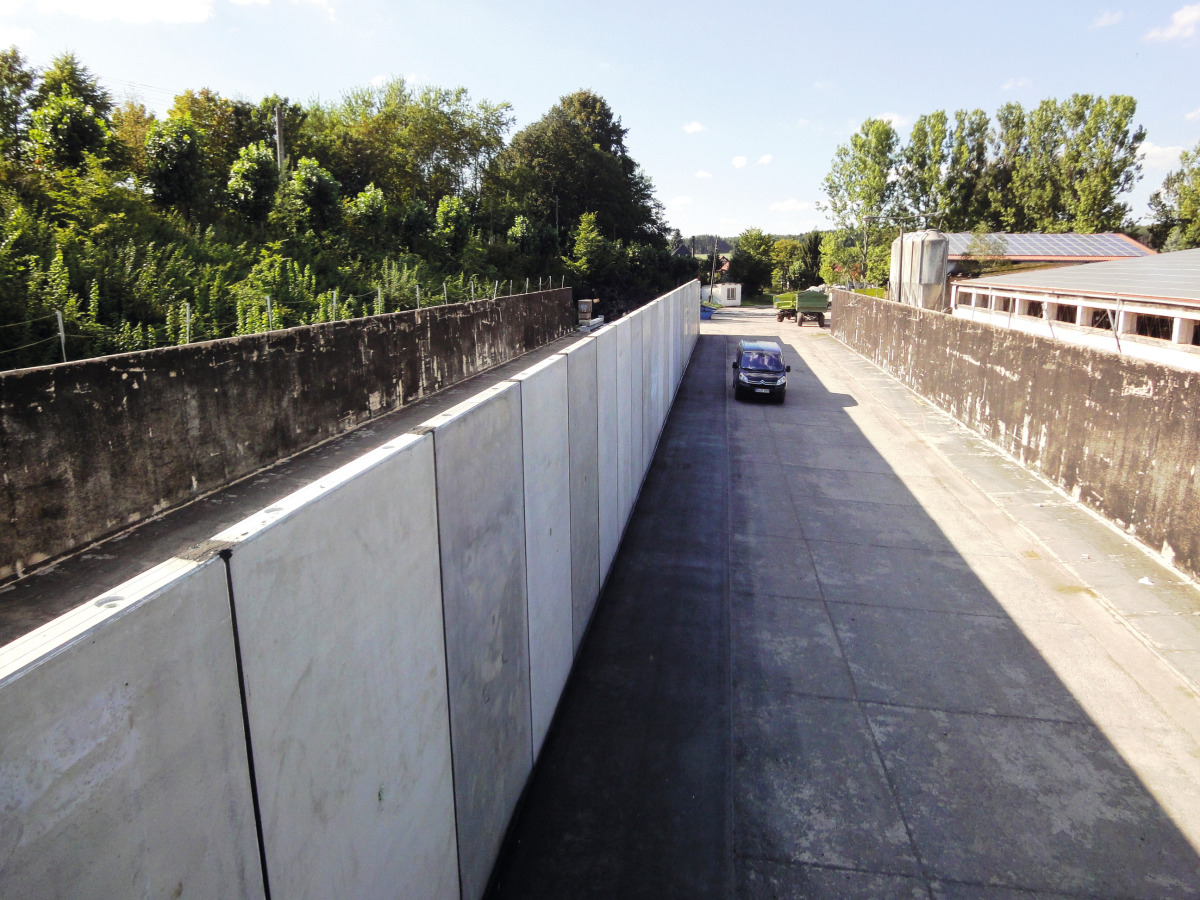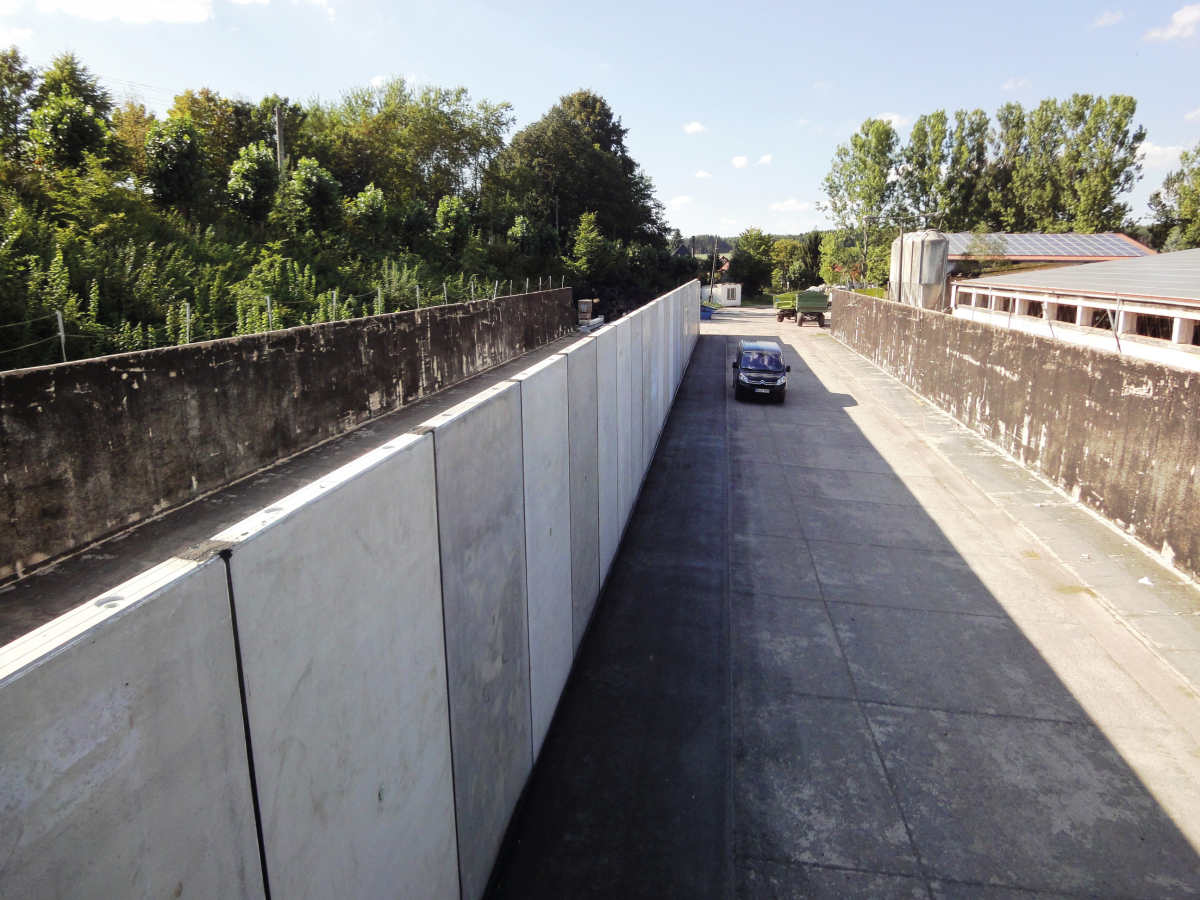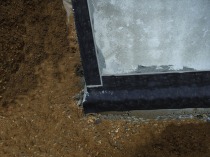BT-Sealings for waterproof concrete basements
Waterproof concrete basements, tubular feed-throughs, precast concrete elements, and balconies are challenges as far as sealings are concerned, which are not always easy to overcome. If costs are to be minimized, just few but multifunctional solutions are required. A sealing tape for fresh concrete: SynkoFlex®, one for the precast concrete structures: RubberNEK® and a solution for subsequent sealing purposes: InnoElast®/ProElast®.
B.T. innovation has been dealing with solutions for the requirements in respect of sealing for a long time. When asked about good sealing products, the general manager Felix von Limburg expresses the opinion that, in principle, there are a lot of good products available in the market. In this regard, the processing effort is a decisive factor. “The more labor-intensive a product is, the higher the rate of leakage.” Therefore, B.T. innovation has been dealing with most diverse kinds of sealing over the last 18 years and has specifically searched for products that are easy and well to handle.
Having a proportion of about 70%, the waterproof concrete basement rates high in Germany in the field of water-impermeable building structures. The construction of a waterproof basement, however, is quite demanding because the construction joints forming between the single concreting steps are a systematic weakness of the concrete component, securing the same is decisive for the quality of the building structure. B.T. innovation demonstrates with the sealing tape SynkoFlex that sealing of construction joints in in-situ concrete can be simplified considerably. The sealing tape is directly from the reel simply half-pressed into the fresh concrete. It is not necessary to use any tools or auxiliary materials for this work. Even in case of complex reinforcement the easy handling provides an enormous laying performance. Concrete placement and sealing can be done in one single working process.
Beside the water-impermeable cast-in-situ method, construction by means of massive precast concrete components increasingly gains in importance. So far, however, it was difficult to build pressurized water-impermeable joints between precast concrete components. Conventional methods, such as the subsequent sealing of the joint with mortar are time-consuming and involve the risk of later crack formation. The application of swelling materials requires an additional jointing and a corresponding concrete cover. If the high potential of precast construction shall be utilized consequently, the problem of sealing has to be solved in an easy and reliable way. Being a water- and gas-impermeable, individually applicable sealing, RubberNEK became “are solution” one for manholes, rectangular brackets, biogas or sewage plants. Even connections of other materials such as steel or glass together with concrete or among each other can be sealed.
The sealing tape is simply pressed on in the area of the cross joint. When mounting the subsequent concrete component (or when anchoring a construction with vertical cross joints) owing to the contact pressure the material glues together with the concrete components and seals them in a reliable way due to its excellent adhesive properties. In building practice this means: Mounting of the sealing tape simultaneous to the installation of the concrete component and thus avoidance of time and effort for sealing in the overall construction time.
In case of already completed building structures, where ingress of water shall be avoided by means of subsequent sealing, the new innovative sealing system InnoElast is applied. This is a downright all-purpose adhesive which may be applied for joints, tubular feed-throughs, cracks, sealing of surfaces, gluing of different materials and for many more applications. ProElast is a special waterproof sheeting which can be glued together with InnoElast and thus ensures a permanent protection using InnoElast type 2 even in case of negatively pressured water. It is even possible to seal expansion joints by means of InnoElast and ProElast.
The interesting aspects of these four new solutions are the possibility to combine them and the respective national technical approvals. InnoElast and ProElast are moreover UV resistant, which allows the application at roofs and balconies. In addition to that, even processing together with other hot materials for waterproofing of roofs is possible owing to a temporary temperature stability of up to 220°C. In this way, it is possible to seal as well building connections and chimneys in a so far unknown manner.
Address/Anschrift
B.T. innovation GmbH
Ebendorfer Str. 19/20
39108 Magdeburg/Germany
Tel.: +49 391 7352-0
Fax: +49 391 7352-52
info@bt-innovation.de
www.bt-innovation.de

